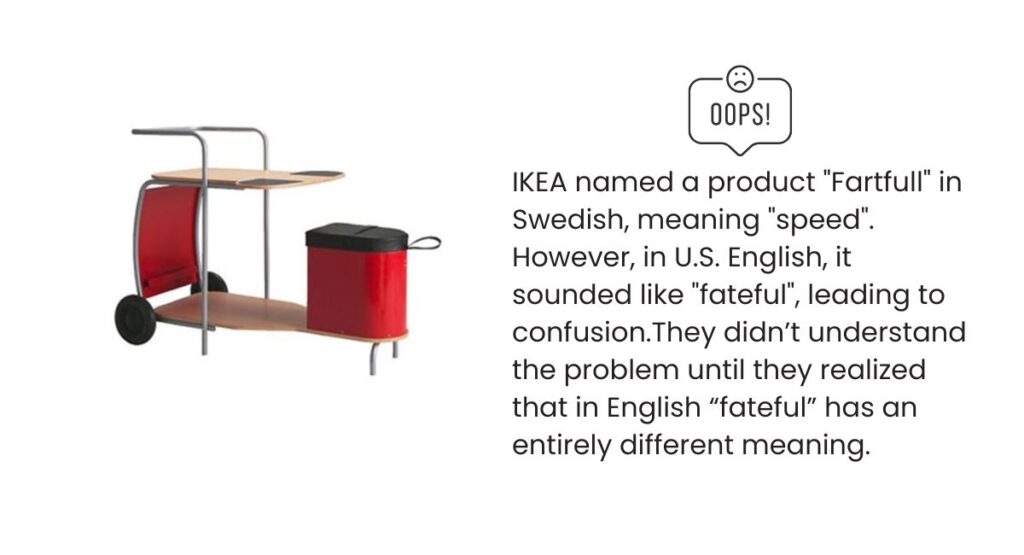To successfully expand your business into global markets, it’s essential to implement effective marketing localization strategies. However, the process of correctly localizing content and media to a target audience can be a challenge, with several obstacles to overcome. Discover how to navigate these marketing localization challenges with expert insights and tips.
Companies who want to take their products and services to a global audience face several main challenges.
- Communication is more than just literal translation: Effective communication involves a lot more than just the literal translation of materials into the target language. Marketing localization takes into account the contextual and visual nuances of the target audience to make the content feel relevant and familiar.
- The process is manual: You can’t count on machine translations to get your content localized. Localization must include people who are native speakers familiar with the target audience. Once the material has been localized, it’s then necessary to test the content with target users.
- Slow time to market: The localization process can be slow when you take into account the need to build the product/services, customize them to the local market, have target users test the products and services, etc. The time from creation to market takes time, effort and resources.
Related Post: How to Avoid Global Marketing Localization Fails
Table of Contents
Examples of Poorly Localized Content

Products may fail to succeed in a local market due to poor localization of content. Companies that tried to take a specific message from one language and cultural background onto the global market have faced some unexpected outcomes. Here are a couple of examples to help you see what can go wrong if localization is not done correctly.
Vicks Cough Drops had a problem when taking their product to the German market. The word “Vicks,” in German has a very vulgar meaning. The company ended up having to spell its name with a “w” (Wicks) in order to change the product’s perception for the German target audience.
Ikea has had some trouble taking their product names from Swedish to U.S. English. For example, they had a desk named “Fartfull,” which wasn’t a big hit. In Swedish, this name means “speed.” They didn’t understand the problem until they realized that in English “fateful” has an entirely different meaning.
As you can see, marketing localization can be a challenge; however, working with a professional translation company that provides localization services can help. A translation agency can make the time to market faster with its network of professional translators and testers. Not only that, they can make this a cost-effective process compared to your company trying to do this process in-house.
A professional translation agency has the experience and capacity to make your marketing materials comfortable and acceptable to the target audience. You’ll see increased sales and higher levels of customer satisfaction.
What is localized marketing?
Localized marketing refers to the process of adapting a product, content, or advertisement to align with the language, culture, and preferences of a specific locale or market. It goes beyond mere translation and ensures that the content resonates with the local audience’s values, traditions, and buying behaviors.
What is an example of localization in marketing?
A classic example of localization in marketing is McDonald’s. While the fast-food giant is globally recognized, its menu varies from country to country to cater to local tastes. In India, where a large portion of the population doesn’t eat beef due to religious reasons, McDonald’s offers the McAloo Tikki, a spiced potato-based burger. Similarly, in Japan, you might find a Teriyaki Burger, and in France, the menu might include offerings like the McBaguette.
Is localization a marketing strategy?
Yes, localization is a crucial marketing strategy, especially for businesses expanding into global markets. By localizing content, products, or services, companies can connect more deeply with local audiences, leading to increased trust, better customer engagement, and potentially higher sales. It ensures that a brand’s message is not only understood but also resonates with the cultural and linguistic nuances of the target audience.
What is standardization vs. localization in marketing?
Answer: Standardization and localization are two ends of a spectrum in global marketing strategies.
- Standardization involves using a consistent marketing strategy and mix across all international markets without making any modifications. It assumes that the same marketing approach will be equally effective everywhere. This can lead to cost efficiencies due to economies of scale but might not resonate with all local audiences.
- Localization, on the other hand, entails adapting marketing strategies specifically for each local market. This approach recognizes and values the unique characteristics of each market, ensuring the content, product, or service aligns with local customs, tastes, and cultural norms. While potentially more effective at reaching local audiences, it can also be more resource-intensive.
In practice, many companies use a blend of both strategies, standardizing some elements while localizing others, to strike a balance between cost efficiency and market relevance.
ٍRead more:
